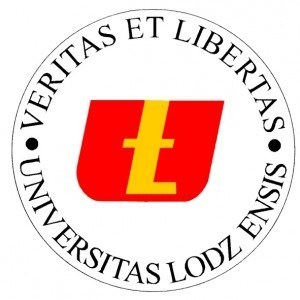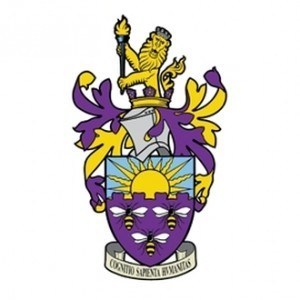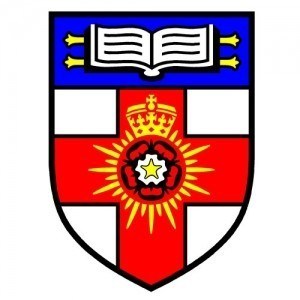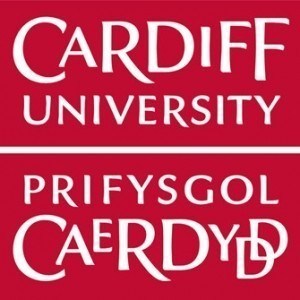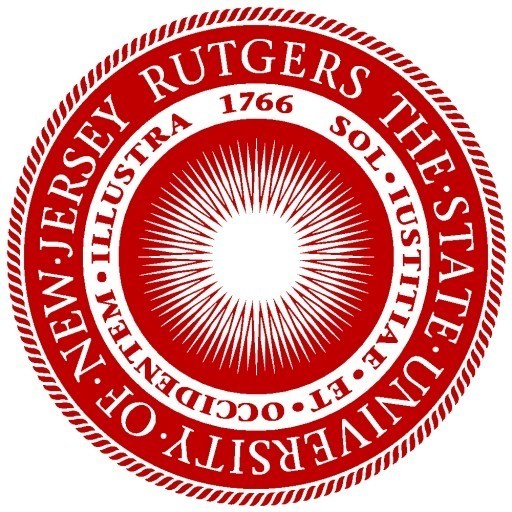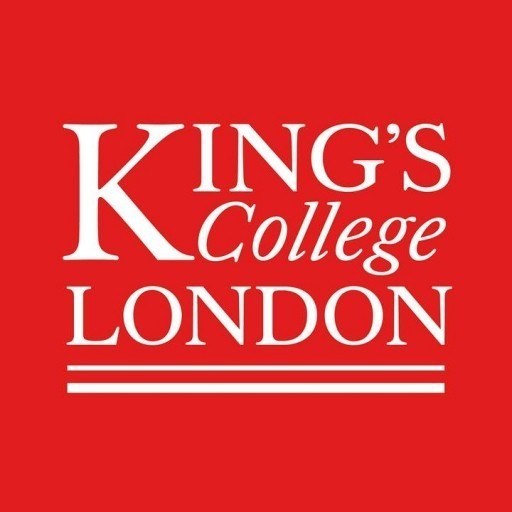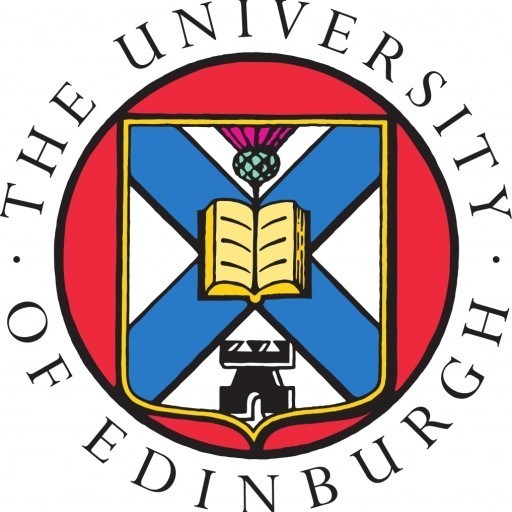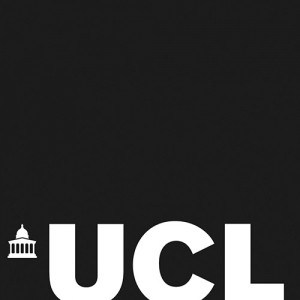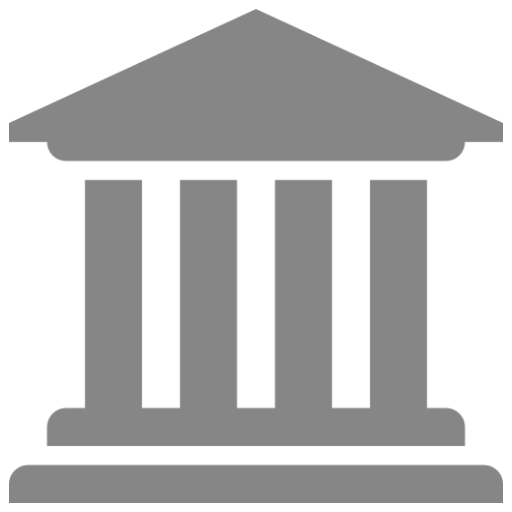The Doctor of Medicine (MD) program at the University of Lodz is a comprehensive and rigorous undergraduate medical education designed to prepare future healthcare professionals with the knowledge, skills, and competencies necessary to serve in a diverse and evolving healthcare environment. This program is structured to provide students with a solid foundation in biomedical sciences, clinical sciences, and practical skills essential for medical practice. Throughout the course of study, students engage in a balanced curriculum that combines theoretical learning with hands-on clinical training, ensuring they are well-equipped to diagnose, treat, and prevent a wide range of medical conditions. The program emphasizes patient-centered care, ethical standards, and professionalism, fostering the development of compassionate and competent physicians committed to lifelong learning. Students benefit from modern teaching methods, state-of-the-art facilities, and collaborations with leading hospitals and medical centers. The program also incorporates opportunities for research, enabling students to contribute to medical advancements and stay abreast of latest developments in medicine. Graduates of the MD program at the University of Lodz are prepared to undertake medical licensing exams and pursue specialization or further training both within Poland and internationally. Engaging faculty members, diverse clinical exposure, and a supportive academic environment make this program an ideal choice for aspiring medical professionals dedicated to excellence in healthcare.
Description of the Program:
The 5-year Doctor of Medicine (DMD) program at the University of Lodz is a comprehensive and rigorous educational path designed to prepare students for a professional career in medicine. The program combines theoretical knowledge with practical skills, ensuring that graduates are well-equipped to meet the demands of modern healthcare systems. Throughout the course, students will engage in a variety of coursework, laboratory work, and clinical rotations that cover fundamental medical sciences such as anatomy, physiology, biochemistry, microbiology, pathology, pharmacology, and clinical medicine. The curriculum emphasizes evidence-based medicine, patient-centered care, and ethical medical practices, fostering the development of competent and compassionate physicians.
Students in the program benefit from state-of-the-art teaching facilities, including modern laboratories, simulation centers, and affiliated hospitals where they gain hands-on experience. The program also integrates innovative teaching methods such as problem-based learning, interdisciplinary projects, and digital medical education, preparing students for the evolving landscape of healthcare technology. In addition, the program encourages research activities, enabling students to contribute to medical knowledge and develop critical thinking skills. Throughout their studies, students participate in numerous internships and supervised clinical practice, which are essential for developing practical skills and professional confidence.
The program also promotes international cooperation and offers exchange opportunities with partner universities worldwide, broadening students’ perspectives and exposing them to diverse healthcare settings. Graduates of the program will receive a recognized medical degree, enabling them to pursue further specialization, residency programs, or careers in healthcare, research, or industry. The University of Lodz’s DMD program aims to cultivate highly skilled, ethical, and empathetic medical professionals dedicated to improving health outcomes and serving communities locally and globally.
Program requirements for the 5-year DMD at the University of Lodz include a comprehensive curriculum designed to prepare students for a professional career in dentistry. Admission typically necessitates a high school diploma with strong academic performance, particularly in biology, chemistry, physics, and mathematics. Applicants may need to pass an entrance examination or interview assessing their readiness for rigorous dental studies. Prior knowledge of basic sciences is essential to ensure students can keep pace with the program's demands.
Throughout the program, students are required to complete a specified number of coursework credits in anatomy, physiology, biochemistry, microbiology, pathology, and dental sciences. Practical skills training is emphasized, requiring students to participate in clinical practice sessions, preclinical laboratories, and internships, enabling hands-on experience in patient care, dental surgeries, prosthodontics, and orthodontics. Additionally, students must undertake research projects and receive training in ethics and patient communication to develop professional competencies.
Attendance at lectures, seminars, and practical classes is mandatory, with assessments including written exams, practical evaluations, and oral examinations. The program may also include mandatory participation in community outreach activities or voluntary dental health campaigns to promote public health awareness. To successfully complete the program, students must pass all modules with designated minimum scores and demonstrate proficiency in dental procedures and patient management.
Furthermore, postgraduate internships or residencies might be required for graduation, providing real-world clinical exposure. The program is structured to meet national and international standards in dental education, ensuring graduates are qualified to practice as licensed dentists in Poland and potentially across other countries through further registration. Continuous professional development through seminars, specialized courses, and workshops is encouraged even after graduation to maintain licensing and stay updated with advancements in dental technology and treatments.
The 5-year Doctor of Dental Medicine (DMD) program at the University of Lodz offers a comprehensive education designed to prepare students for professional careers in dentistry. The program is primarily financed through tuition fees paid by students, which are set according to university regulations and can vary depending on the year of study and specific arrangements. International students may have different fee structures compared to domestic students, and there are provisions for scholarships and financial aid that can offset some of the costs. The university also collaborates with governmental and private institutions to provide funding opportunities, including grants and sponsorships, aimed at supporting talented students and promoting research activities within the faculty. Additionally, the university may offer installment payment options to facilitate students’ financial planning, and certain students may qualify for financial assistance based on their academic performance or social needs. The program's infrastructure, including modern teaching facilities and clinical practice settings, is funded through a combination of university budgets, external research grants, and industry partnerships, which in turn help to maintain high standards of education and clinical training. Overall, the financing model for the DMD program at the University of Lodz integrates a mix of tuition-based income, competitive scholarships, external funding, and institutional support, ensuring sustainable development of the program and accessibility for qualified applicants.
The 5-year Doctor of Dental Medicine (DMD) program at the University of Lodz is designed to equip students with comprehensive knowledge and practical skills necessary for a successful career in dentistry. The program combines theoretical coursework with extensive clinical training, ensuring that graduates are well-prepared to provide a wide range of dental services. The curriculum covers fundamental biomedical sciences, including anatomy, physiology, microbiology, and biochemistry, along with specialized dental disciplines such as oral surgery, periodontology, prosthodontics, orthodontics, endodontics, and pediatric dentistry. Students engage in lectures, seminars, case studies, and hands-on laboratory work, progressively taking on more complex clinical cases under supervision. The university emphasizes the integration of modern technology and evidence-based practices in dental education, including digital imaging, CAD/CAM systems, and minimally invasive techniques. During the program, students also develop skills in patient communication, ethics, and health promotion, preparing them to serve diverse populations. The program's clinical component takes place in university dental clinics equipped with state-of-the-art facilities, allowing students to gain practical experience in diagnosis, treatment planning, and dental procedures. Graduates earn the Doctor of Dental Medicine degree, qualifying them to pursue licensure and practice independently as dentists in Poland and other countries. The program fosters a multidisciplinary approach, promoting collaboration with other healthcare professionals to ensure comprehensive patient care. Throughout their studies, students benefit from the expertise of experienced faculty members who are active in research, contributing to innovations in dental science. The University of Lodz's DMD program aims to produce highly competent, ethical, and compassionate dental practitioners capable of addressing the evolving challenges of healthcare.
